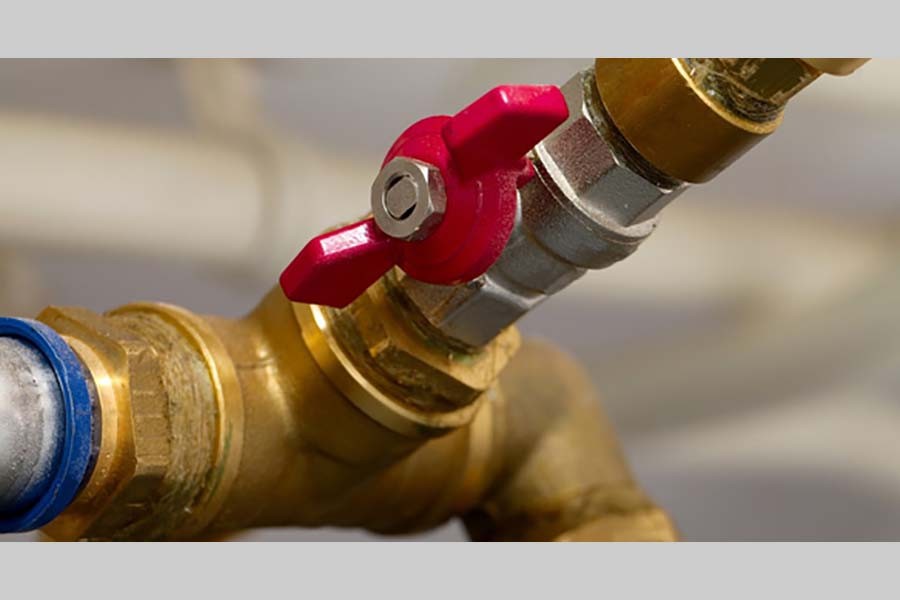Shortage of gas supply has become a recurrent event in Dhaka and its adjoining areas. One usually cannot predict about its timing and frequency, but one can hardly be assured about its arrival during each and every winter season. Consumers of all types, including the industrial ones, have been suffering for years due to low gas pressure and the state-owned Titas Gas Transmission and Distribution Company Limited has apparently no answer to the problem. The gas-based industrial units, households, CNG (compressed natural gas) filling stations suffer when the problem strikes. However, the intensity of supply shortage of gas varies from place to place, with some areas sufferings more than others.
A large number of gas-based industrial units in Dhaka and its adjoining areas are thus made to operate below their usual capacity and households skip the preparations of meals because of low gas pressure from morning until afternoon. Many residents have developed the habit of cooking the whole day's meal in the evening when gas supply increases a bit. In some areas, residents make long queues before restaurants in their localities to buy their breakfast and lunch. The Titas has hiked the gas tariff substantially and it collects the same from consumers regularly notwithstanding the fact the latter are suffering due to non-availability of gas in sufficient volume.
The Titas tends to trace the origin of the problem to the increase in demand for gas during the winter season. This, obviously, is a lame excuse, for the residents of many areas do suffer due to low gas pressure even during the summer. However, the relevant authorities have time and again assured the people of resolving the problem. Barring the usual demand-supply of gas, they have listed gas transmission as a major problem and promised to install compressors at certain points to beef up gas supply. Accordingly, two compressor stations were installed and pressed into service but without any tangible improvement in the situation.
It appears that the problem of low gas pressure is very much linked to demand-supply mismatch. Two major consumer groups-power plants and fertiliser factories-are largely responsible for the current gas supply-related sufferings. The gas crisis usually deepens when both fertiliser factories and gas-based power plants operate at a time. Relevant authorities tend to address the problem by closing down a few units belonging to either of the sectors, temporarily. But that is not an ideal solution to a problem that has been taking a big toll on the economy and causing sufferings to millions of households and vehicle users. The government has to address the demand-supply mismatch by boosting production from the existing onshore gas fields. This, however, would lead to early depletion of country's gas reserves.
Coming under increasing difficulties with supply of cooking gas, more and more households, restaurants and hotels have been switching over to the relatively expensive LPG (liquefied petroleum gas). In the meanwhile, the government has engaged a couple of international oil companies in the offshore exploration of hydrocarbons, but it appears to be a long-drawn process. Deals have also been struck to import liquefied natural gas (LNG). The import of LNG would, obviously, make the natural gas use costlier. Yet, its availability in sufficient quantities might ease the ongoing crisis.


